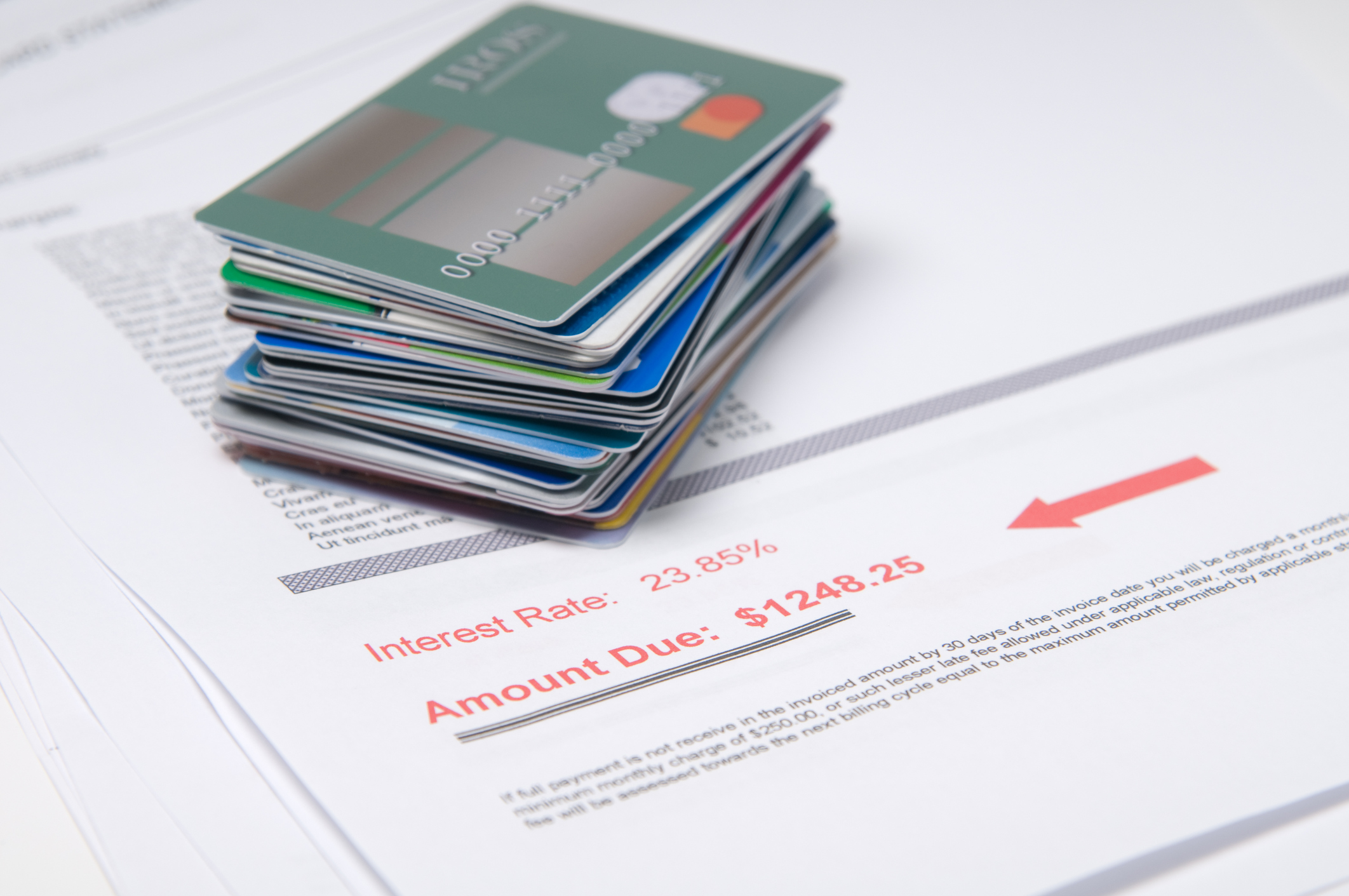Resourceful Ways to Reduce Your Credit Card Interest Rate
Behind every sound credit card is an interest rate that can scare more of their owners. Credit card interest rates are mandatory for lenders. After all, you are borrowing someone else’s money, so paying that back with interest keeps them making a profit. (And hopefully, the owner from borrowing beyond their means.)
LendingTree reports that U.S. cardholders’ average credit card interest rate is 24.71%. Since interest rates have been tracked among lenders, that national average is the highest since 2019. Investopedia explains credit card interest rates like this:
If you carry a balance on your credit card, the card company multiples it daily by a daily interest rate and adds that to what you owe. The daily interest rate is your APR divided by 365. For example, if your card has an APR of 16%, the daily rate would be 0.044%
In other words, if you don’t pay off your credit card or make revolving monthly payments, your interest rates will make what you owe grow quickly. The lender sets the amount, so rates can vary from card to card and organization to organization. That variety among lenders can bode well for the borrower. Yet, most Americans have firm beliefs about credit cards that benefit the lender.
A recent Ipsos Consumer Tracker found these analytics among the reasons why U.S. cardholders need or want a credit card or to explain their behaviors with one:
- 71% have a credit card with rewards, points, or a cashback system
- 69% of younger Americans (below the age of 35) say they’re necessary to build and improve credit
- 45% have them for the convenience of shopping
- 37% would not buy so much if they didn’t have accrued rewards
- 35% think they spend more because of their credit cards
- 25% own a credit card to help manage their budgets
- 23% say they have a credit card for emergencies
How consumers feel having a credit card is about as diverse as the interest rates accompanying them. Cardholders must understand more about their cards’ interest rates to discover creative ways or disclose unknown ways to reduce them.
Here are a few our industry experts put together for review.
Give Lower Interest Rate Cards a Name

Once you have the discipline to budget and effectively manage your budget, consider finding lower interest rates on credit cards dedicated to a single purpose.
One card can be for gas purchases only, another could be for groceries, and a third card can be used for emergencies (i.e., car trouble, late bills).
Ask Your Lenders
It’s that simple–nothing happens without a request to make it happen. Credit card organizations are like any other business because they serve customers. The next time calling customer service, consider asking for additional credit or a lower interest rate. Both will positively affect your credit score or ranking as a customer in good standing.
Know the Math
Although a credit card balance is nothing but numbers, there is some math you should know to be a more savvy customer. In the lender’s eyes, the key to being a “responsible user” is using the full amount of credit you are provided. The best percentage is having up to 30% of what is allotted as revolving credit. This “utilization mark” is what all credit bureaus explore when considering new lines of credit.
Plan for Big Purchases

Shopping for a large television or a bedroom suite is bound to happen soon. Credit cards can be useful for times like those, but take time to consider options and plan the best time for budgeting purposes.
For example, if a high school graduation is looming, wait a few months before buying a bed because the graduate may have unplanned spending to go to college or buy new clothes.
Consolidate Debt with a Balance Transfer Card
Another way to lower your credit card interest rates and make them easily manageable is to search for a “Balance Transfer Card.” A credit card with 0% APR can be a relief, especially when they offer up to two years of interest-free payments to get out of debt. Most allow transferable credit with an upfront fee, but a minor investment may be worth eliminating the major headaches caused by minimum payments.
Maximize the Card Issuer’s Longest Relationship
If calling credit cards or applying for others does not resolve the issue, discover ways to build the best relationship with the card with the longest ownership tenure. There are creative ways a lender can help a customer who has been a member for many years. That relationship can also be useful in times of financial hardship, like losing a job. Loyalty does have its rewards. Discover what they can be.
If you’re a Beyond Finance client, you have access to the weekly financial wellness sessions mentioned in this article! Click here to register for the next session.
If you’re not a Beyond Finance client interested in tackling your debt, click here for a free consultation!
